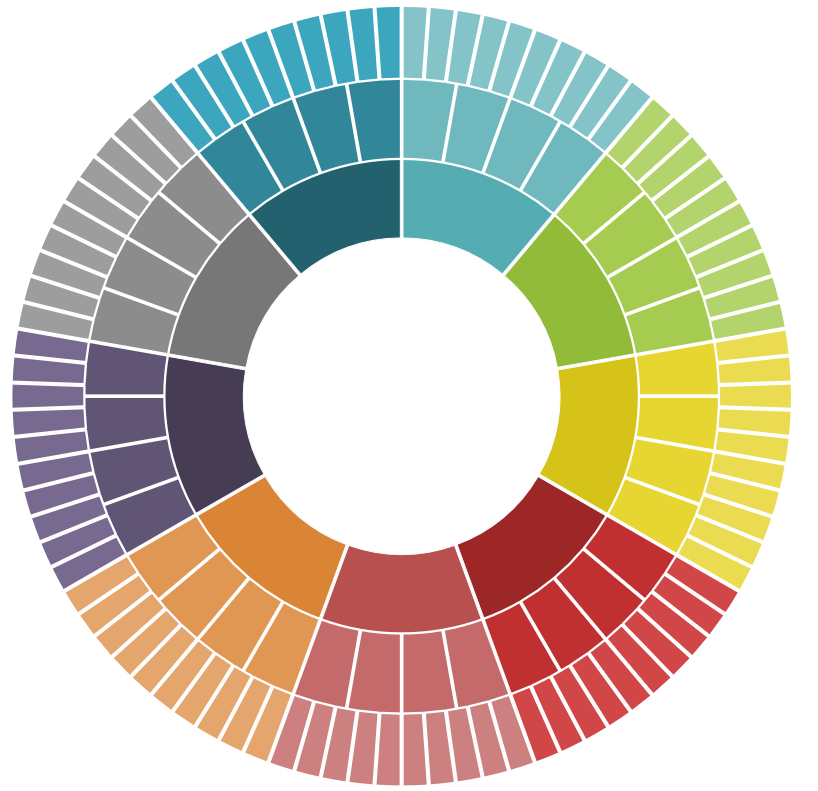Volltextsuche nutzen
- versandkostenfrei ab € 30,–
- 11x in Wien, NÖ und Salzburg
- 6 Mio. Bücher
- facultas
- Detailansicht

Use of Microbes for Control and Eradication of Invasive Arthropods

Lieferzeit 1-2 WochenVersandkostenfreibestellen in Österreich
EU & Schweiz: € 20,00
Artikel online bestellen und in der Filiale abholen.
Veröffentlicht 2008, von Ann Hajek, Travis Glare, Maureen O’Callaghan bei Springer Netherland
ISBN: 978-1-4020-8559-8
Auflage: 1. Auflage
Reihe: Progress in Biological Control
XVI, 366 Seiten
XVI, 366 p.
23.5 cm x 15.5 cm
This book offers a diverse presentation about use of arthropod-specific pathogens for control and eradication of invasive arthropod species. Basic concepts supporting use of pathogens for microbial control are covered as well as societal and environmental concerns. The major functional issues faced when utilizing pathogens for control of invasive arthropods are discussed in the ...
From the reviews:
“Chapters on ecology, eradication and control methods, and public policy are written by experts who collectively address a wide diversity of pests targeted with many kinds of microbes in many parts of the world. … The focus here on microbes and exotic pests is novel. … Summing Up: Highly recommended. Graduate students through professionals.” (M. K. Harris, Choice, Vol. 47 (7), March, 2010)
Beschreibung
This book offers a diverse presentation about use of arthropod-specific pathogens for control and eradication of invasive arthropod species. Basic concepts supporting use of pathogens for microbial control are covered as well as societal and environmental concerns. The major functional issues faced when utilizing pathogens for control of invasive arthropods are discussed in the context of case studies. The majority of the book is composed of chapters describing different invasive species that have been targeted with entomopathogens for control, using diverse strategies, in many cases with excellent results. These examples cover urban, agricultural and forestry situations, providing an overview of the issues that use of insect pathogens can present.
